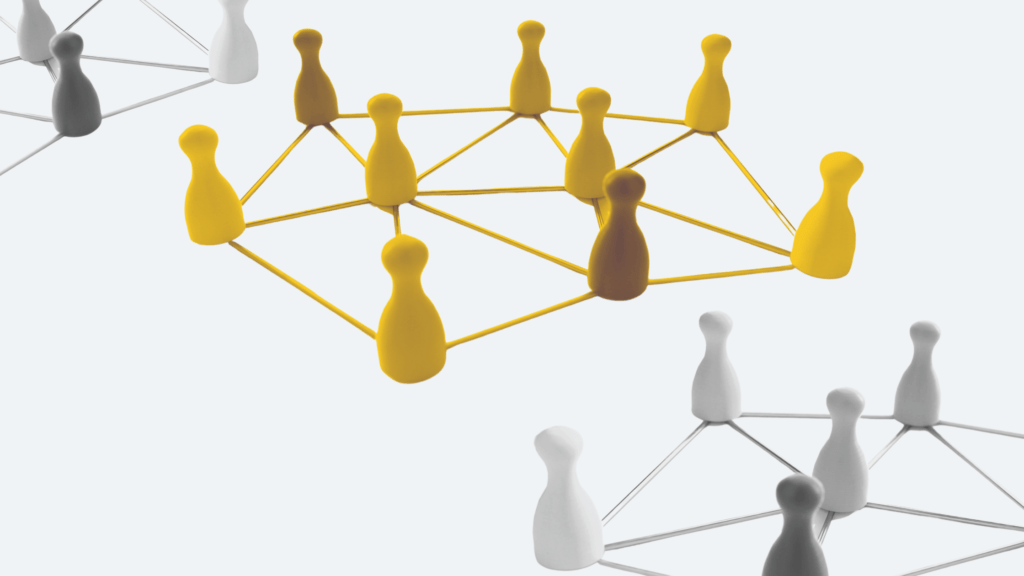Recently, in an online webinar, I made the point that the Free and Open Source Software (FOSS) community has not engaged enough with policy makers, and policy makers do not know whom to reach out to when they are making decisions around FOSS. This drew a sharp reaction from one of the participants who said that there are many Indians who actively contribute to FOSS and if you ask around, it is easy to find them. Unfortunately, the webinar was running out of time and I was unable to elaborate on my points. Therefore, this blog post.
Yes, it is easy to find FOSS developers and contributors if one follows FOSS projects, and to that extent, the respondent’s statement was accurate. However, engaging with policy makers is an entirely different ball-game and it can be a black-box for those who are not familiar with this game. This is a question that I have come across again and again in countless discussions with FOSS developers in the companies and communities that I have worked in. This is not to pass a value judgment against developers but just state a fact. For example, it is a fact that I don’t understand software development or French cooking and it is what it is! Therefore, this post is an attempt to demystify the black-box called policy advocacy.
For the FOSS community, some of the key policy issues are open standards, open source in government, software patents, and better market access to FOSS companies and developers. Each of these issues has different nuances that can be explored in a subsequent post. However, the methodology for advancing the FOSS community’s policy positions in each of these issues is the same. The three pillars of an effective public policy engagement are:
- Advocacy: What are the key issues that we wish to pursue? What are the most effective means by which we can articulate and amplify our policy positions?
- Policy Radar: What are the existing ground realities in the policy areas we wish to pursue? What is the gap between our ideal scenario and the current scenario? What do we need to do to bridge this gap? Are there existing policy priorities that can hinder or advance our goals?
- Stakeholder mapping: Who are the decision makers and influencers in each area we choose to work on? Who are our supporters, who are our opponents?
As you can imagine after reading this, this is quite an intense task that requires High IQ, High EQ, the patience and persistence of a long distance runner, and the equanimity of a saint. Understanding policy issues requires great analytical skills combined with the ability to articulate them well in front of policy makers. Good presentation skills and writing skills are a must. In any policy issue, there are multiple stakeholders ranging from politicians, bureaucrats, industry associations, for profit corporations, nonprofits and advocacy groups. To be able to speak to such a diverse group in their own language and build relationships takes a high amount of EQ.
Finally, there is rarely any instant gratification in public policy. Issues can simmer for decades without any outcome, or go through steep ups and downs as policy battles are won or lost. It can often seem like a game of snakes and ladders. For example, a key decision maker that you have worked with for a couple of years gets transferred and the officer who replaces him might turn out to be disinterested in your issue. At times like these, I remember the Bhagavad Gita’s advice to do one’s duty to the best of one’s abilities but be detached to the outcome. However, doing one’s duty requires active engagement with the issues and I hope this blog illustrates this challenge well.

